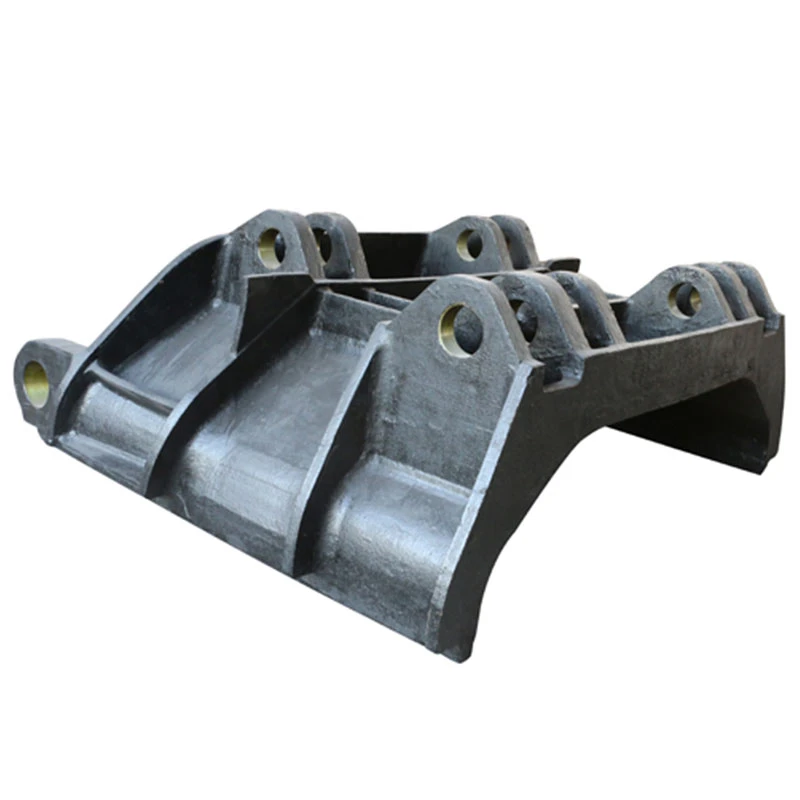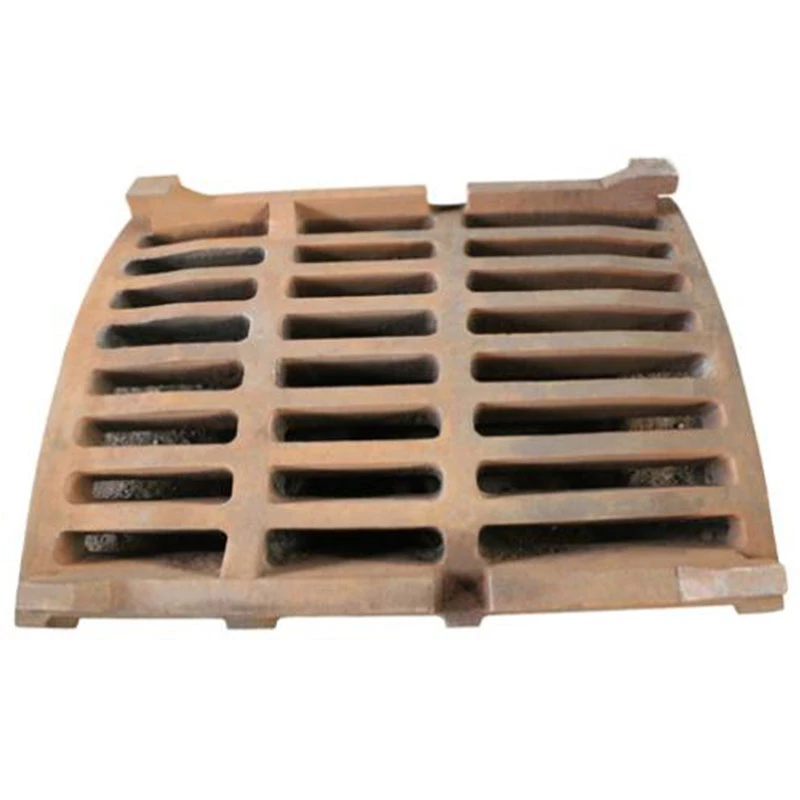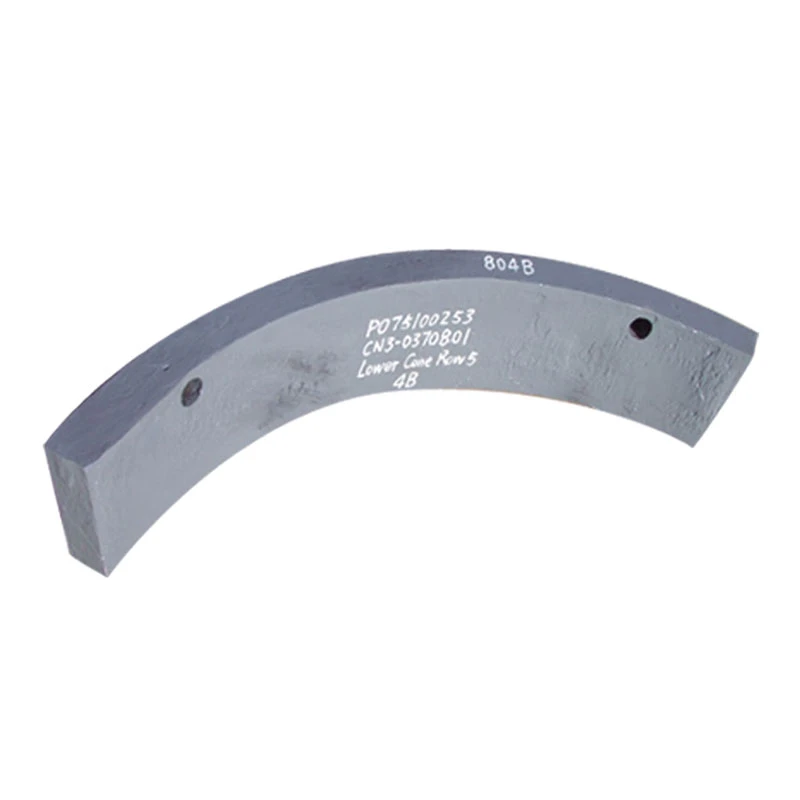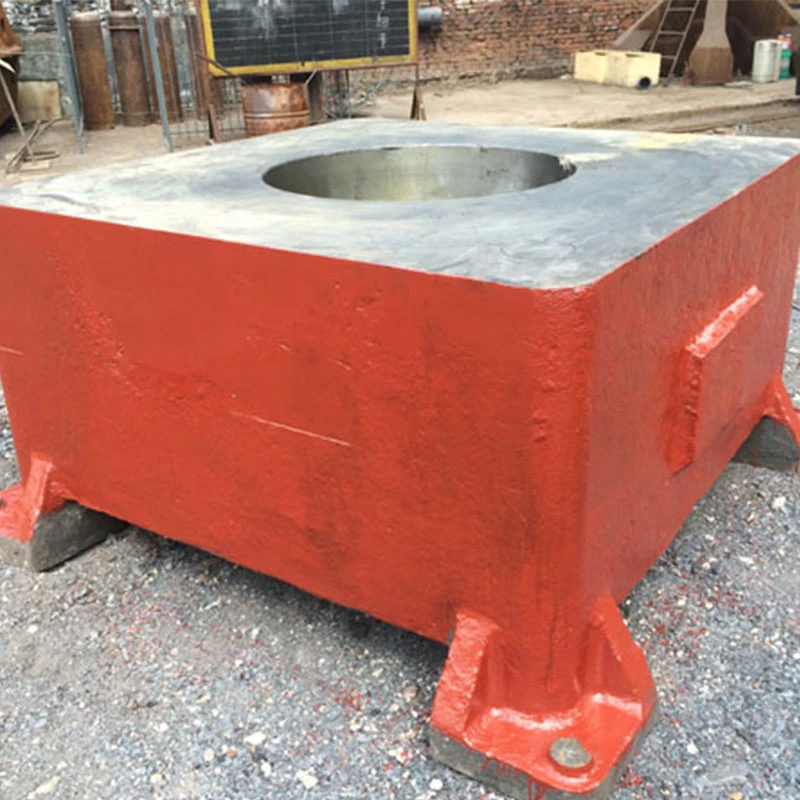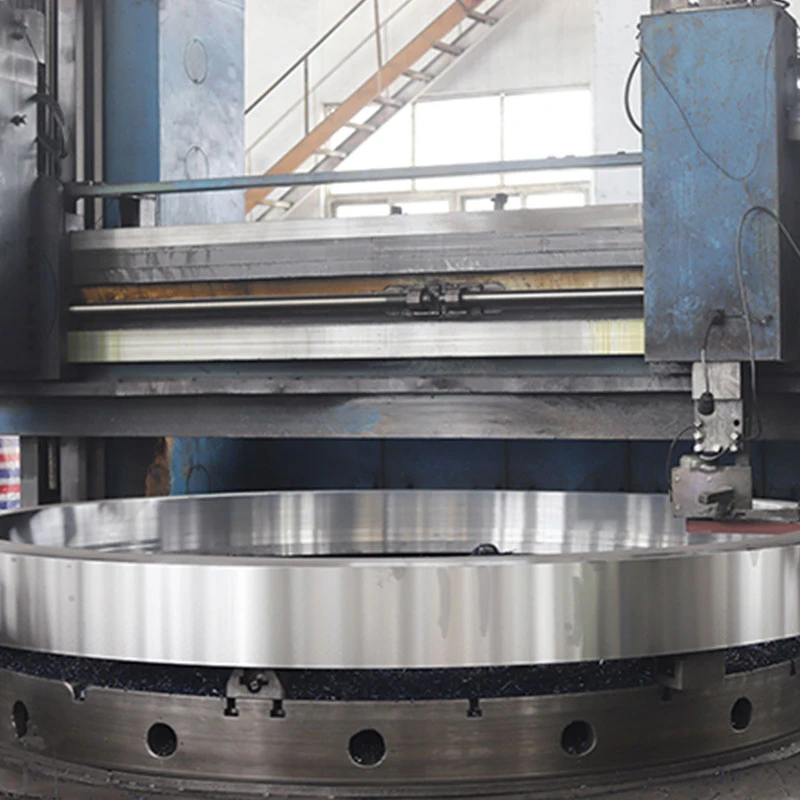- Afrikaans
- Albanian
- Amharic
- Arabic
- Armenian
- Azerbaijani
- Basque
- Bengali
- China
- China (Taiwan)
- Czech
- Danish
- Dutch
- English
- French
- German
- Greek
- Gujarati
- Haitian Creole
- hausa
- Miao
- Hungarian
- igbo
- Indonesian
- Italian
- Japanese
- Javanese
- Rwandese
- Korean
- Kyrgyz
- Lao
- Lithuanian
- Luxembourgish
- Macedonian
- Malgashi
- Malay
- Mongolian
- Myanmar
- Nepali
- Norwegian
- Persian
- Polish
- Portuguese
- Punjabi
- Russian
- Spanish
- Swahili
- Swedish
- Telugu
- Vietnamese
Aug . 09, 2025 04:40 Back to list
Photovoltaic Type Open-Air Drilling Car: Solar Powered, Mobile & Efficient
The global mining and construction industries are undergoing a profound transformation, driven by a dual mandate: increasing operational efficiency and drastically reducing environmental impact. In this evolving landscape, the demand for sustainable, high-performance machinery has never been greater. At the forefront of this innovation stands the Photovoltaic Type Open-Air Drilling Car, a groundbreaking solution poised to redefine traditional drilling operations. This article delves deep into its capabilities, exploring industry trends, technical specifications, application versatility, and the unique advantages it offers, all while upholding the highest standards of safety, reliability, and environmental stewardship.
Industry Trends: The Dawn of Sustainable and Automated Drilling
The mining sector, historically known for its significant carbon footprint, is rapidly pivoting towards greener practices. This shift is not merely regulatory; it's a strategic imperative driven by investor pressure, community expectations, and the economic benefits of energy independence. Key trends shaping the future of drilling include:
- Electrification and Decarbonization: A global push to reduce reliance on fossil fuels, leading to increased adoption of electric and hybrid machinery. Renewable energy sources, like solar, are becoming integral to power on-site operations, minimizing greenhouse gas emissions and operational noise.
- Automation and Autonomy: The drive for enhanced safety, precision, and productivity. Autonomous drilling systems, guided by GPS RTK (Real-Time Kinematic) technology, reduce human exposure to hazardous environments and optimize drilling patterns, leading to more efficient blasting and material handling.
- Data-Driven Operations: Integration of IoT sensors and telematics systems to collect real-time data on machine performance, drill penetration rates, fuel consumption (or energy generation in this case), and geological conditions. This data powers predictive maintenance, operational optimization, and improved decision-making.
- Enhanced Safety Standards: Continuous improvements in machine design and operational protocols to protect personnel, driven by stringent international regulations (e.g., MSHA in the US, CE in Europe).
The Photovoltaic Type Open-Air Drilling Car directly addresses these trends by offering a self-sufficient, eco-friendly, and intelligent drilling platform that significantly lowers operational costs while improving environmental compliance. According to a report by Mordor Intelligence, the global mining equipment market is projected to grow at a CAGR of over 7% from 2020 to 2025, with a significant portion of this growth attributed to demand for advanced, sustainable machinery.
Photovoltaic Type Open-Air Drilling Car: Technical Parameters and Performance
At the core of the Photovoltaic Type Open-Air Drilling Car is its innovative hybrid power system, combining robust electric motors with an integrated, high-efficiency photovoltaic array. This design ensures continuous operation even in remote locations without direct grid access, maximizing uptime and reducing logistical complexities associated with fuel supply.
Key Specifications Table: Photovoltaic Type Open-Air Drilling Car
The following table provides a detailed overview of the technical specifications, offering insight into the robust engineering and advanced features of this drilling solution.
| Parameter | Specification | Unit/Description |
|---|---|---|
| Model Name | ZY-PVDrill-150 | Customizable based on drilling depth |
| Drilling Diameter Range | 80 - 150 mm | Adjustable for various rock types |
| Max. Drilling Depth | 30 m | Dependent on geological conditions |
| Drill Pipe Length | 3 m | Standard, custom lengths available |
| Power System | Hybrid Photovoltaic-Electric | Integrated high-efficiency solar panels & battery bank |
| Total PV Power Output | 10 - 20 kWp | Peak power output of solar array |
| Battery Capacity | 100 - 200 kWh LiFePO4 | Lithium Iron Phosphate for durability |
| Electric Motor Power | 55 - 75 kW | For drilling and tramming |
| Drill Speed (Avg.) | 0.5 - 1.5 m/min | Varies with rock hardness and drill bit |
| Feed Force | 20 - 30 kN | Optimized for efficient penetration |
| Rotation Torque | 1500 - 2500 Nm | Ensures effective drilling in tough conditions |
| Dust Collection System | Wet/Dry, Integrated | Cyclone separator + filter bags |
| Operating Weight | 8,000 - 12,000 kg | Dependent on configuration |
| Tramming Speed | 0 - 5 km/h | Variable speed control |
| Gradeability | Up to 25° | Capable on varied terrain |
| Control System | PLC with HMI Touchscreen | Optional GPS RTK for autonomous drilling |
| Noise Level | < 85 dB(A) | Significantly quieter than diesel counterparts |
| Operating Temperature | -20°C to +50°C | Robust for diverse climates |
Understanding these parameters is crucial for assessing the Photovoltaic Type Open-Air Drilling Car's suitability for specific projects. For instance, the high battery capacity and PV output ensure prolonged operation without external power, ideal for remote quarrying or exploration sites. The robust feed force and rotation torque are critical for achieving high penetration rates in varying rock formations, from soft sedimentary rocks to hard granites.
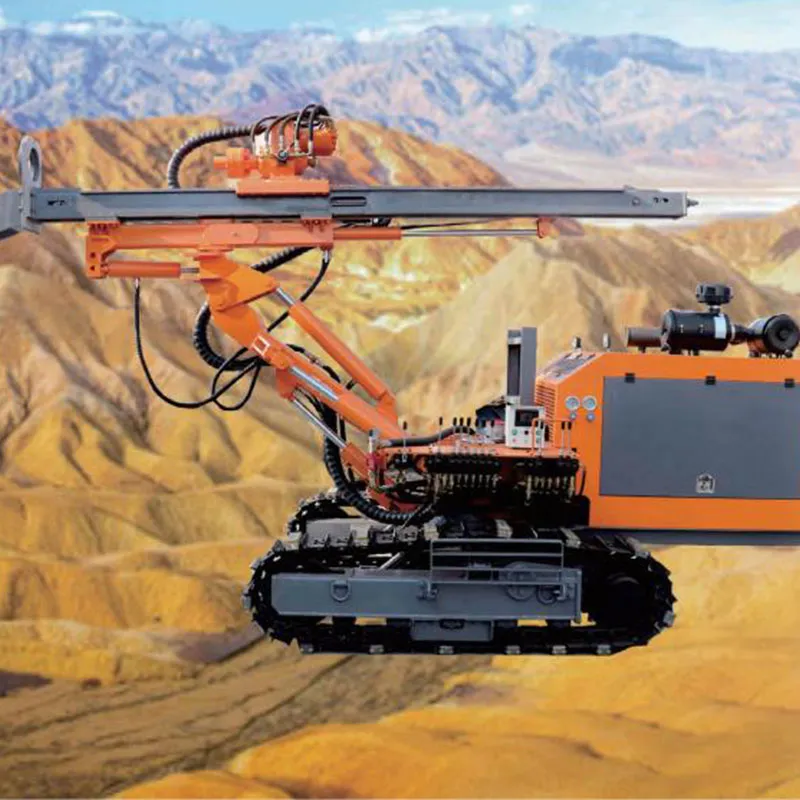
Application Scenarios: Versatility in Action
The Photovoltaic Type Open-Air Drilling Car is engineered for a wide array of demanding open-air drilling applications, offering unparalleled versatility and efficiency. Its design makes it particularly suitable for:
- Quarrying and Aggregate Production: Ideal for drilling blast holes in stone quarries (limestone, granite, basalt) to produce aggregates for construction. Its low noise and emissions are beneficial in quarries located near residential areas.
- Open-Pit Mining: Essential for pre-splitting, production drilling, and auxiliary drilling in large-scale open-pit metal and non-metal mines. The autonomous capabilities enhance precision in overburden removal and ore extraction.
- Infrastructure Projects: Used for road construction (rock cutting, tunneling preliminary work), railway construction, and dam building, where stable and efficient drilling is required in challenging terrain.
- Foundation Drilling: For large construction projects requiring robust foundations, such as high-rise buildings, bridges, and wind turbine bases, where precise, deep holes are necessary.
- Exploration and Geotechnical Investigations: Perfect for drilling core samples or conducting geotechnical surveys in remote or environmentally sensitive areas, as its self-contained power minimizes site disturbance.
- Slope Stabilization: Used in civil engineering for drilling anchor holes in unstable slopes to prevent landslides, offering the precision and mobility needed for challenging geological conditions.
In all these scenarios, the Photovoltaic Type Open-Air Drilling Car’s ability to operate independently of a continuous fuel supply or grid connection provides a significant logistical and economic advantage, especially in remote or rapidly changing work environments.
Technical Advantages: Beyond Conventional Drilling
The distinct advantages of the Photovoltaic Type Open-Air Drilling Car extend far beyond its green power source, encompassing operational efficiency, safety, and longevity:
- Unmatched Energy Efficiency and Cost Reduction: By harnessing solar energy, the drilling car drastically reduces reliance on diesel fuel, leading to substantial operational cost savings. The integrated battery storage allows for continuous operation even during cloudy periods or at night, optimizing energy utilization. Clients report up to a 70% reduction in energy costs compared to traditional diesel rigs, demonstrating a rapid return on investment.
- Environmental Superiority: Zero direct emissions during operation (no CO2, NOx, SOx, or particulate matter), significantly reducing the carbon footprint of drilling operations. Quieter operation (typically below 85 dB(A)) minimizes noise pollution, a critical factor for sites near populated areas or sensitive ecosystems.
- Enhanced Automation and Precision: Equipped with advanced PLC (Programmable Logic Controller) systems, HMI (Human-Machine Interface) touchscreens, and optional GPS RTK guidance. This allows for pre-programmed drilling patterns, automated hole alignment, and real-time monitoring of drilling parameters. The precision improves blasting efficiency, reduces over-drilling, and contributes to better fragmentation.
- Robust Construction and Durability: Manufactured from high-strength alloy steels (e.g., Q345B, Q460 for structural components, 40Cr for critical wear parts), subjected to rigorous manufacturing processes including CNC machining for precision components, robotic welding for structural integrity, and heat treatment (quenching and tempering) to enhance hardness and wear resistance of drill string components. All critical components are designed for a service life exceeding 15,000 operating hours.
- Comprehensive Safety Features: Includes multi-point emergency stops, anti-jamming systems, remote monitoring capabilities, and an ergonomic operator cabin that meets international safety standards (e.g., EN ISO 12100). The reduced vibration and noise also contribute to improved operator comfort and reduced fatigue.
- Reduced Maintenance and Uptime: Electric drivetrain systems generally have fewer moving parts than internal combustion engines, leading to simplified maintenance, longer service intervals, and reduced wear and tear. Predictive maintenance enabled by onboard diagnostics further enhances uptime.
Manufacturing Process Explained: From Concept to Car
The creation of a Photovoltaic Type Open-Air Drilling Car is a meticulous process, combining advanced engineering with robust manufacturing techniques to ensure maximum performance and longevity. Each stage adheres to stringent quality control standards, including ISO 9001 for quality management and CE marking for European market compliance.
1. Design and Engineering (CAD/CAE): The process begins with advanced CAD (Computer-Aided Design) and CAE (Computer-Aided Engineering) software. Engineers simulate various operational scenarios, stress test components, and optimize the overall structure for stability, drilling efficiency, and solar panel integration. Material selection is critical here, focusing on high-strength, wear-resistant steels and durable photovoltaic cells.
2. Material Preparation and Fabrication:
- Steel Cutting: High-precision CNC plasma and laser cutting machines are used to cut raw steel plates (e.g., Q345B, Q460 for chassis; wear-resistant steels for specific wear plates) into precise shapes for the main frame, drilling mast, and various structural components.
- Machining: Critical components like drill heads, hydraulic manifolds, and gear housings undergo precise CNC machining to achieve tight tolerances and superior surface finishes. This ensures optimal fit, reduced friction, and extended component life.
- Casting/Forging (for specialized parts): Certain high-stress components, such as some hydraulic valve bodies or specific wear parts, may undergo precision casting or forging processes to achieve desired mechanical properties and intricate shapes not easily attainable through fabrication.
3. Welding and Assembly of Frame: The cut and machined steel components are then meticulously welded together. Robotic welding is extensively used for main structural elements to ensure consistent, high-strength welds, minimizing human error and maximizing structural integrity. Experienced welders handle more complex, intricate joints. Weld quality is often verified through non-destructive testing (NDT) methods like ultrasonic testing or magnetic particle inspection.
4. Powertrain and Hydraulic System Integration:
- Electric Motor & Drive System: The high-efficiency electric motors and associated drive systems (inverters, controllers) are installed and wired.
- Hydraulic System: High-pressure hydraulic pumps, valves, cylinders, and hoses are assembled. All hydraulic lines are meticulously cleaned and tested to prevent contamination, which is crucial for system longevity. Components often meet ANSI/NFPA standards for fluid power.
- Photovoltaic Array & Battery System: The custom-designed solar panel arrays, typically made from high-efficiency monocrystalline silicon cells, are integrated onto the machine's frame, often with tilting mechanisms for optimal sun exposure. The robust LiFePO4 battery bank, with its advanced BMS (Battery Management System), is securely installed and connected to the power management system.
5. Control Systems and Electronics: The PLC (Programmable Logic Controller), HMI touchscreen, sensors (pressure, temperature, angle), and optional GPS RTK modules are installed and precisely calibrated. All wiring harnesses are industrial-grade, designed for vibration resistance and environmental protection, adhering to IP (Ingress Protection) ratings suitable for harsh outdoor conditions.
6. Final Assembly and Cab Installation: All sub-assemblies come together. The drilling mast, feed system, dust collection unit, and tracks/wheels are mounted. The ergonomic operator cabin, complete with climate control, safety glass, and intuitive controls, is then installed.
7. Testing and Quality Assurance:
- Functional Testing: Every Photovoltaic Type Open-Air Drilling Car undergoes rigorous functional testing. This includes testing all movements (tramming, mast raising/lowering), drilling functions (rotation, feed, percussion if applicable), hydraulic pressures, electrical systems, and emergency stops.
- Performance Testing: The drilling car is tested under simulated load conditions to verify drilling speed, penetration rate, and energy consumption/generation. The photovoltaic charging system and battery discharge rates are closely monitored.
- Safety Compliance: Adherence to international safety standards (e.g., CE, ISO 12100, MSHA guidelines where applicable) is verified. This includes structural integrity, electrical safety, and noise levels.
- Surface Treatment: After final assembly and testing, the machine undergoes thorough cleaning, priming, and multiple layers of industrial-grade paint for corrosion protection, essential for an open-air drilling car operating in harsh environments. This significantly enhances the product's resistance to rust and extends its aesthetic life.
This comprehensive manufacturing process ensures that each Photovoltaic Type Open-Air Drilling Car delivered is a product of superior quality, engineered for maximum performance, safety, and a long service life in the most demanding conditions.
To visualize this process, imagine a sequential flow:
[Design & CAD/CAE] → [Material Prep & Fabrication (CNC Machining, Cutting)] → [Structural Welding & Assembly] → [Powertrain & Hydraulic Integration] → [Electrical & Control System Installation] → [Final Assembly] → [Rigorous Testing & Quality Assurance] → [Protective Coating & Finishing]
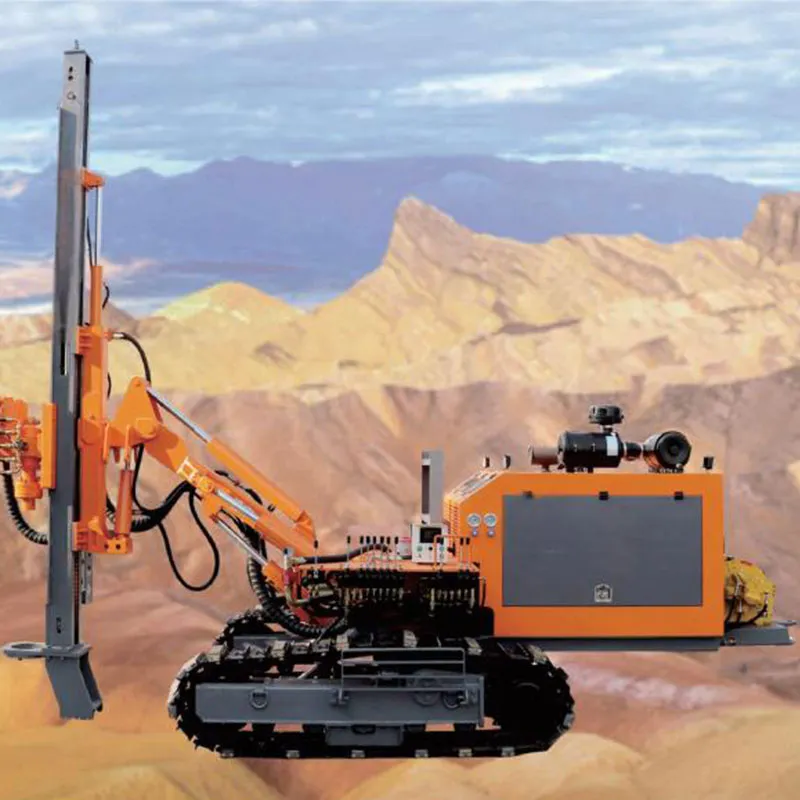
Manufacturer Comparison: Leading the Charge
While several manufacturers offer drilling equipment, the Photovoltaic Type Open-Air Drilling Car distinguishes itself through its innovative solar-electric hybrid power system and advanced automation. Below is a comparative overview highlighting key differentiators:
| Feature | Photovoltaic Type Open-Air Drilling Car (MiningZY) | Traditional Diesel Drill Rig (Competitor A) | Hybrid Electric Drill Rig (Competitor B) |
|---|---|---|---|
| Power Source | Integrated Photovoltaic + Battery + Electric Motor | Diesel Engine | Grid Electric + Diesel Generator Backup |
| Fuel/Energy Cost | Extremely Low (primarily solar) | High (diesel dependent) | Moderate (grid electricity + diesel for backup) |
| Emissions (Operational) | Zero Direct Emissions | High CO2, NOx, Particulates | Low (grid-dependent, some from generator) |
| Noise Level | Very Low (< 85 dB(A)) | High (> 100 dB(A)) | Moderate (> 90 dB(A) with generator) |
| Mobility/Independence | High (Self-sufficient, no grid needed) | High (Fuel resupply needed) | Moderate (Requires grid connection or generator) |
| Automation Level | Advanced (GPS RTK, PLC, HMI) | Basic to Moderate (Manual/Semi-auto) | Moderate to Advanced |
| Maintenance Complexity | Lower (Fewer moving parts in electric drive) | Higher (Engine, fuel system, filters) | Moderate (Electric motors + generator maintenance) |
| Typical ROI Period | Shorter (due to energy savings) | Longer | Medium |
| Environmental Certification | CE, ISO (aiming for MSHA/Tier 4 equivalents) | Varies (often Tier 2/3 engines) | Varies (often CE, local grid standards) |
This comparison underscores the unique position of the Photovoltaic Type Open-Air Drilling Car as a leader in sustainable and autonomous drilling technology, offering superior long-term value and environmental benefits.
Customization Solutions and Services
Understanding that every drilling project has unique demands, we offer comprehensive customization solutions for the Photovoltaic Type Open-Air Drilling Car. Our engineering team works closely with clients to tailor the drilling car to specific operational requirements:
- Drilling Parameter Adjustment: Customization of drilling diameter range, depth capabilities, and specific drill bit compatibility (e.g., DTH hammer, rotary bits) based on rock hardness and desired hole characteristics.
- Power System Scaling: Options for increased photovoltaic array capacity and larger battery banks to extend operational autonomy in regions with lower solar irradiance or for multi-shift operations.
- Automation Levels: From semi-automated systems with operator assistance to fully autonomous drilling with advanced GPS RTK integration for high-precision, repetitive tasks.
- Auxiliary Systems: Integration of specialized features such as advanced dust suppression systems (wet or dry), onboard air compressors for DTH drilling, automatic rod changers, and remote diagnostics modules.
- Track or Wheel Configuration: Choice between robust track systems for challenging, uneven terrain or wheel-based systems for faster site-to-site mobility on prepared surfaces.
- Climate Adaptation: Modifications for extreme operating temperatures, including enhanced insulation, heating packages for cold environments, or additional cooling systems for hot, arid regions.
- Digital Integration: Seamless integration with existing mine management software, telemetry systems for real-time data streaming, and predictive maintenance platforms.
Our commitment extends beyond delivery. We offer comprehensive after-sales support, including remote diagnostics, on-site technical assistance, spare parts supply, and operator training programs to ensure optimal performance and longevity of your Photovoltaic Type Open-Air Drilling Car. Our global service network ensures rapid response times, minimizing downtime and maximizing productivity.
Real-World Application Cases (Hypothetical Scenarios)
The practical application of the Photovoltaic Type Open-Air Drilling Car illustrates its transformative impact:
Case Study 1: Remote Quarry Expansion in Australia
A major aggregates producer in Western Australia sought to expand operations into a new, remote limestone quarry with limited grid access and stringent environmental regulations. Traditional diesel rigs were prohibitively expensive due to fuel transportation costs and environmental permits. They deployed two Photovoltaic Type Open-Air Drilling Car units. The integrated solar panels and battery storage provided self-sufficient power, eliminating fuel deliveries and associated emissions. Within six months, the client reported a 65% reduction in drilling-related energy costs and achieved full environmental compliance, accelerating their project timeline significantly. The quiet operation also reduced community complaints.
Case Study 2: Urban Infrastructure Project in Europe
A civil engineering firm in Germany was tasked with drilling foundation holes for a new urban bridge within a densely populated area. Noise pollution and air quality were major concerns. The firm opted for the Photovoltaic Type Open-Air Drilling Car for its low noise profile and zero emissions. The machine's precise GPS RTK capabilities allowed for highly accurate hole placement, minimizing rework. The project was completed ahead of schedule, with positive feedback from local residents regarding the minimal disturbance. The firm highlighted that the machine's compliance with strict EU environmental directives (e.g., Directive 2000/14/EC on noise emission from outdoor equipment) was a critical factor in their selection.
Case Study 3: Open-Pit Gold Mine in South America
A large-scale open-pit gold mine aimed to enhance safety and efficiency while reducing operational expenditure. They piloted a fleet of Photovoltaic Type Open-Air Drilling Car units with full autonomous capabilities. The machines operated 24/7 without direct human intervention in the hazardous pit, controlled remotely from a central command center. This led to a 30% increase in drilling productivity, a significant reduction in personnel exposure to risks, and an overall 25% decrease in drilling-related operational costs due to optimized energy use and reduced labor. The mine's commitment to sustainable mining was further bolstered by the reduced carbon footprint.
FAQ: Your Questions Answered
Here are answers to some frequently asked questions about the Photovoltaic Type Open-Air Drilling Car:
- What is the typical battery life and how long does it take to fully charge?
The LiFePO4 battery bank typically has a cycle life of 4,000 to 6,000 cycles, providing a service life of 10-15 years under normal operating conditions. Charging time from the integrated solar panels depends on sun intensity, but a full charge can typically be achieved within 6-8 hours of peak sunlight. An optional grid-tie or generator-assisted fast charging system can reduce this to 2-4 hours.
- Can the Photovoltaic Type Open-Air Drilling Car operate in extreme weather conditions?
Yes, the Photovoltaic Type Open-Air Drilling Car is designed for robust operation in temperatures ranging from -20°C to +50°C. Specialized versions can be adapted for even harsher environments, with features like enhanced insulation, heating packages for batteries and fluids, or additional cooling systems for tropical climates. The solar panels are impact-resistant and designed to shed snow and dust efficiently.
- What kind of maintenance is required for the photovoltaic system?
Maintenance for the photovoltaic system is minimal, primarily involving regular cleaning of the solar panels to ensure maximum efficiency. The integrated Battery Management System (BMS) monitors battery health and optimizes charging/discharging. Annual inspections of electrical connections and wiring are recommended.
- What are the key safety standards this drilling car adheres to?
Our Photovoltaic Type Open-Air Drilling Car is designed and manufactured to meet stringent international safety standards, including CE marking for compliance with European Union directives (e.g., Machinery Directive 2006/42/EC, EMC Directive 2014/30/EU). We also adhere to relevant ISO standards for quality management (ISO 9001) and environmental management (ISO 14001). Where applicable, our designs consider MSHA (Mine Safety and Health Administration) guidelines for the North American market.
- How does the autonomous drilling feature work, and what is its accuracy?
The autonomous drilling feature utilizes a combination of high-precision GPS RTK (Real-Time Kinematic) for centimeter-level positioning, inertial measurement units (IMUs) for orientation, and onboard sensors for real-time monitoring of drilling parameters. The PLC interprets pre-programmed drilling plans, guiding the machine to exact coordinates and depths. This results in typical hole deviation of less than 1% of the drilling depth, significantly improving blasting uniformity and safety.
- What is the typical service life of the drill bits and other consumables?
The service life of drill bits and other consumables like drill pipes and couplings depends heavily on the rock type, drilling parameters, and maintenance. However, the optimized feed force and rotation torque of the Photovoltaic Type Open-Air Drilling Car help extend tool life. We provide detailed guidelines and recommendations for bit selection and operational practices to maximize the lifespan of consumables, ensuring cost-effectiveness for our clients. Our drill steels and bits are sourced from reputable manufacturers, adhering to international material standards (e.g., ASTM, DIN).
- What kind of after-sales support and warranty are provided?
We provide comprehensive after-sales support including a standard 12-month warranty on major components, extendable warranty options, and a commitment to rapid spare parts delivery from strategically located service centers. Our support includes remote diagnostic services, telephone support, and on-site technical assistance by factory-trained engineers. We also offer customized operator and maintenance training programs to ensure your team is fully proficient in operating and maintaining the Photovoltaic Type Open-Air Drilling Car.
Conclusion and Industry Outlook
The Photovoltaic Type Open-Air Drilling Car represents a significant leap forward in drilling technology, addressing the pressing industry demands for sustainability, efficiency, and safety. Its unique solar-electric hybrid powertrain, coupled with advanced automation and robust construction, positions it as a market leader poised to transform open-air drilling operations across mining, quarrying, and construction sectors. By reducing operational costs, minimizing environmental impact, and enhancing precision, it delivers tangible economic and ecological benefits.
As the world continues its transition towards cleaner energy and more responsible industrial practices, innovations like the Photovoltaic Type Open-Air Drilling Car will become not just preferred, but essential. Its long-term value proposition extends beyond initial investment, promising a future where drilling is not only productive but also truly sustainable.
For further insights into sustainable mining practices and automated drilling technologies, we recommend exploring resources from leading industry bodies and research institutions:
- International Council on Mining and Metals (ICMM) - https://www.icmm.com/en-gb/pathways/decarbonisation
- World Economic Forum - Future of Mining & Metals - https://www.weforum.org/agenda/2021/04/mining-metals-decarbonization-sustainability-technology/
- Journal of Cleaner Production - Elsevier - https://www.journals.elsevier.com/journal-of-cleaner-production
-
Low-Cost Borehole Drilling Machine for Small-Scale Projects
NewsJul.11,2025
-
Carbide Bullet Teeth for Abrasive Formations: Powering Industrial Drilling Efficiency
NewsJul.11,2025
-
Advantages of Down-the-Hole Drill Bits in Geothermal Projects
NewsJul.11,2025
-
Hole Hammer Use in Water Well Drilling
NewsJul.11,2025
-
Benefits of a Mobile Diesel Compressor in Construction
NewsJul.11,2025
-
Benefits of Diesel Portable Screw Air Compressors
NewsJul.11,2025




